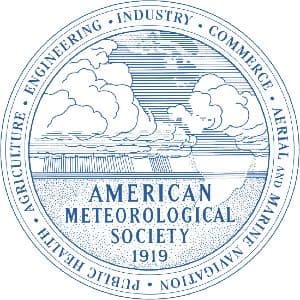Science
Adapting to Climate Change – Impacts on Our Transportation Infrastructure The U.S. transportation system was built for the typical weather and climate experienced locally. Moderate changes in the mean climate have little impact on transportation. However, changes in weather and climate extremes can have considerable impact on transportation. Transportation relevant measures of extremes have been changing over the past several decades and are projected to continue to change in the future. Some of the changes are likely to have a positive impact on transportation and some negative. As the climate warms, cold temperature extremes are projected to continue to decrease. Milder winter conditions would likely improve the safety record for rail, air and ships. Warm extremes, on the other hand, are projected to increase. This change would likely increase the number of roadbed and railroad track bucklings and adversely impact maintenance work. As the cold season decreases and the warm season increases, northern transportation dependent upon ice roads and permanently frozen soil would be adversely affected while the projected commercial opening of the Northwest Passage would result in clear benefits to marine transportation. The warming would also produce a side benefit of shifting more of the precipitation from snow to rain. But not all precipitation changes are likely to be beneficial. Heavy precipitation events are projected to increase, which can cause local flooding. At the same time, summer drying in the interior of the continent is likely to contribute to low water levels in inland waterways. Strong mid-latitude storms are likely to become more frequent and hurricane rainfall and wind speeds are also likely increase in response to human-induced warming. Coastal transportation infrastructure is vulnerable to the combined effects of storm surge and global sea-level rise. Transportation planning operates on several different time scales. Road planners typically look out 25 years. Railroad planners consider 50 years. And bridges and underpasses are generally designed with 100 years in mind. In all cases, planning that takes likely changes into consideration will be important. Biography: Dr. Thomas C. Peterson is a research meteorologist at NOAA’s National Climatic Data Center in Asheville, North Carolina. After earning his Ph.D. in Atmospheric Science from Colorado State University in 1991, Tom primarily engaged in creating NCDC’s global land surface data set used to quantify long-term global climate change. Key areas of his expertise include data archaeology, quality control, homogeneity testing, international data exchange and global climate analysis using both in situ and satellite data. He was a lead author on the Nobel Prize winning Intergovernmental Panel on Climate Change’s Fourth Assessment Report. Currently he is a member of the Global Climate Observing System Atmospheric Observation Panel for Climate, chairs the United Nation’s World Meteorological Organization Commission for Climatology Open Programme Area Group on Monitoring and Analysis of Climate Variability and Change, and co-chairs the Unified Synthesis Product: Climate Change and the United States: Analysis of the Effects and Projections for the Future. The U.S. Department of Commerce has honored him with three Bronze Medal Awards and one Gold Medal Award. Essential Science Indicators has ranked him as one of the top 1% of scientists in the field of Geosciences based on Journal Citation Reports. He is the author or co-author of over 60 peer-reviewed publications and three data sets.

